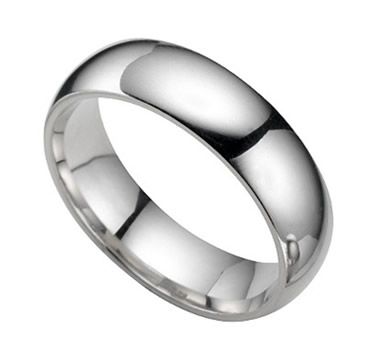
The History Of Silver
Silver
Silver was discovered after gold and copper about 4000 BC, when it was used in jewelry and as a medium of exchange. The earliest known workings of significant size were those of the pre-Hittites of Cappadocia in eastern Anatolia. Silver is generally found in the combined state in nature, usually in copper or lead mineralization, and by 2000 BC mining and smelting of silver-bearing lead ores was under way.
The best-known of the ancient mines were located at the Laurium silver-lead deposit in Greece; this was actively mined from 500 BC to AD 100. Spanish mines were also a major source. the Athenians found an enormous silver mine right near Athens, on land that belonged to the government. This mine was what paid to build Athens’ first navy, and helped Athens to become a powerful city-state.
Another famous set of mines were in southern Spain.
Another famous set of mines were in southern Spain. These mines were already being worked in the Bronze Age. After the First Punic War, in the 250’s BC, the Carthaginians took over these mines and used the income from them to pay the money the Romans demanded. Then in the Second Punic War the Romans took over these mines and used the money they got from the mines to pay for more conquests.
People first mined silver in the Bronze Age, for jewelry. Silver was pretty easy to find all over Europe and West Asia. The big problem was, silver ore, which is the rocks that had silver in them, generally also had lead in it, so that lead mining and silver mining were the same thing. But lead is very poisonous, so the men who were mining the silver were also being poisoned by the lead. Most lead-and-silver miners died of lead poisoning in two or three years. Because of this, most free men wouldn’t work in the mines, and so they forced slaves to work in the mines instead.
In the mid-19th century a large silver deposit was discovered in Nevada. This resulted in the United States becoming the world’s largest silver producer until the 20th century, when it was surpassed by Mexico and South America (particularly Peru).
Since the early begin, silver has some various used among the civilization. Silver, in the form of electrum (a gold-silver alloy), was coined to produce money in around 700 BC by the Lydians. Later, silver was refined and coined in its pure form. Many nations used silver as the basic unit of monetary value.
Sterling silver jewelry is often plated with a thin coat of .999 fine silver to give the item a shiny finish. This process is called “flashing”. Silver jewelry can also be plated with rhodium (for a bright, shiny look) or gold. Silver is such a malleable metal, silversmiths have a large range of choices with how they prefer to work the metal.
Silver is much cheaper than gold, though still valuable, and so is very popular with jewelers who are just starting out and cannot afford to make pieces in gold, or as a practicing material for goldsmith apprentices. Silver has also become very fashionable, and is used frequently in more artistic jewelry pieces.
Silver can be alloyed with mercury, tin and other metals at room temperature to make amalgams that are widely used for dental fillings. To make dental amalgam, a mixture of powdered silver and other metals is mixed with mercury to make a stiff paste that can be adapted to the shape of a cavity. The dental amalgam achieves initial hardness within minutes but sets hard in a few hours.
Mirrors which need superior reflectivity for visible light are made with silver as the reflecting material in a process called silvering, though common mirrors are backed with aluminium.
Silver and silver alloys are used in the construction of high quality musical wind instruments of many types. Flutes, in particular, are commonly constructed of silver alloy or silver plated, both for appearance and for the frictional surface properties of silver.
Hippocrates, the “father of medicine”, wrote that silver had beneficial healing and anti-disease properties, and the Phoenicians used to store water, wine, and vinegar in silver bottles to prevent spoiling. In the early 1900s people. Silver ions and silver compounds show a toxic effect on some bacteria, viruses, algae and fungi, typical for heavy metals like lead or mercury, but without the high toxicity to humans that are normally associated with these other metals. Its germicidal effects kill many microbial organisms in vitro, but testing and standardization of silver products is difficult.
Silver inhibits the growth of bacteria and fungi and thus is added to clothing, such as socks, to reduce odor and the risk of bacterial and fungal infection. Silver is incorporated into clothing or shoes either by integrating silver nanoparticles into the polymer from which yarns are made or by coating yarns with silver.
www.IndonesiaJewelry.com









